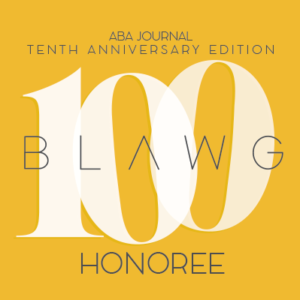On April 4, 2022 Assistant Attorney General Jonathan Kanter Delivered Opening Remarks at 2022 Spring Enforcers Summit in Washington, DC (here). AAG Kanter’s remarks outlined the Antitrust Division’s approach to merger enforcement explaining, “the Division has a preference for remedies over settlements.” Kanter outlined some of the success the Division has had in blocking certain mergers.
AAG Kanter’s remarks also covered the criminal program including important announcements about revisions to the leniency program and an updated “Frequently Asked Questions” document:
“On criminal enforcement, I am excited to announce that as of today, the division is making important updates to its leniency program. Leniency is one of the division’s most important enforcement tools for rooting out cartels because it incentivizes corporations involved in wrongdoing to do the right thing by self-reporting.
While these core incentives have not changed, the updates to the leniency policy will further promote accountability. First, under the revised leniency policy, to qualify for leniency, a company must promptly self-report after discovering its wrongful conduct. A company that discovers it committed a crime and then sits on its hands hoping it goes unnoticed does not deserve leniency.
Second, to qualify for leniency, a company must now undertake remedial measures to redress the harm it caused and improve its compliance program.
Just as important as the changes to the policy is the division’s commitment to making that policy transparent, predictable, and accessible to the public. As of today, the division’s leniency policy lives in the antitrust chapter of the Justice Manual, which is easy to find on the DOJ website and is the definitive go-to source for internal policy and guidance across the department.
Today we are also issuing an updated version of the Frequently Asked Questions about our leniency policy. Front and center in our minds when updating that document was the need to simplify and demystify our practices. The FAQs are written in plain language. And we have added nearly 50 FAQs to ensure they address all the recurring questions we’ve received — and then some. This document will make it even easier for the public to learn about leniency and understand what benefits it provides and what the division requires in return.”
The speech does not contain links to the documents but they can all be found on the Antitrust Division’s Criminal Enforcement page on its web site (here). I’ve also provided links below:
DOJ Justice Manual, April 4, 2022
Originally Published November 19, 2008, Update Published January 26, 2017, Update Published April 4, 2022
April 4, 2022
I’m sure the update will be the topic of much conversation at the ABA Spring Meeting this week and more will be written about what these changes mean.
Thanks for reading. Bob Connolly bob@reconnollylaw.com
